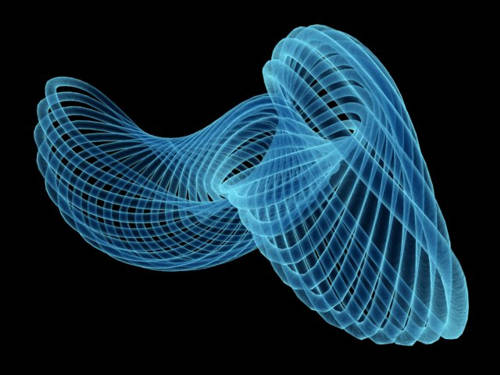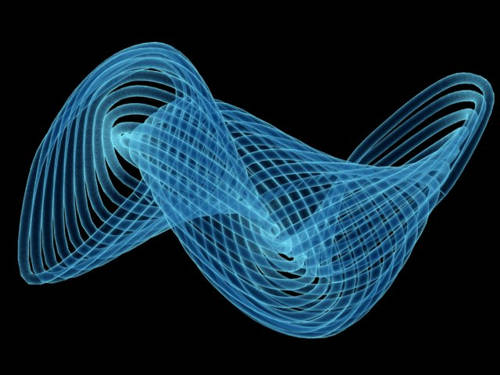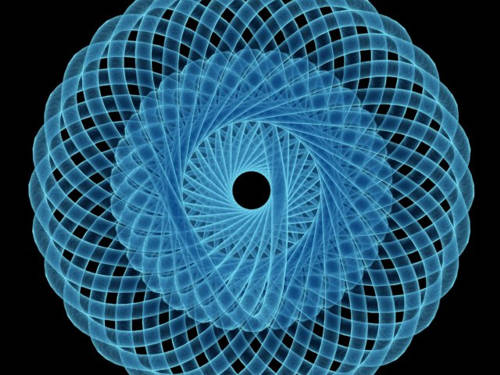



BIOGRAPHIE et COMMENTAIRES DE L'ARTISTE
Biographie / Biography
Eric is a double first-class honours graduate in Biochemistry and Applied Computing (Graphics). While at Lincoln University, Eric completed 5 short films which collectively received 9 awards. This interest in digital screen production and effects developed into an interest in real-time 3D, Augmented Reality (AR) and interactive graphics and their applications in the Education and Creative Industries. Eric currently provides Project and Multimedia Services for HIT Lab NZ and is Founder/Director of MindSpace Solutions (www.MindSpaceSolutions.com
Beyond various work with video, photography,
woodwork and music (percussion), Eric has worked on a number of
collections of digital art at www.MindSpaceSolutions.com
Eric is interested in interactive art -
exploring the roles of artist and audience in creating and appreciating
digital art, is interested in the relationships between data, form,
time and dimensionality, and likes to use both natural and digital
algorithms, recursion and additive time based compositing in his work.
Eric would like to further the use of 3D graphics and Augmented Reality
in both the creation and presentation of art.
Commentaire / Statement
This work is based on a single unit, repeated, to create something more than the sum of its parts. The single, original unit is based on a distorted ring and the repetition is identical between units. This demonstrates the power of association when flawed individuals are unified with common purpose.
Somewhat like Eadweard Muybridge, I am interested in capturing the movement of an object through space. However, more like Marcel Duchamp (in Nude Descending a Staircase, No. 2), I am fascinated at compositing all of those captured frames into a single image, or in my case, into a single 3D object. Normally, we play back the captured frames sequentially (as in video) or we have to move around an object to better understand its 3D nature - a concept called parallax. However, in this case, all of the perspectives are visible simultaneously, providing strong spatial depth in a single image. In addition to this ‘simultaneous parallax’, seeing multiple frames at once allows for much easier contextual comparison of different frames. Contextual comparison (comparing and contrasting differences) is a powerful learning technique, which in this case, further aids our understanding of the 3D nature of the work.
The nature of the movement is obviously important. I sometimes like to think of the movement as a kind of performance, just as a dancer may rehearse and refine a dance routine. From this perspective, we are creating sculptural art from performance art. However, just as the work explores the concept of multiple perspectives, I like to interpret it in multiple, quite different ways. Thus, it is also fascinating to me to think of this work not simply as being the product of capturing multiple frames moving the original form in a premeditated way (while keeping the camera stationary), but to think of it as a composition of multiple frames taken as the camera moves around the single original form. Instead of sculpting by moving objects in a premeditated may, we are sculpting by moving the camera through a premeditated path, so the camera (representing the current perspective) becomes a sculpting tool - like a chisel, that adds rather than subtracts material.
I feel extremely lucky to be able to work in such a flexible, virtual medium, where time, space, form and perspective are not limited by the laws of nature - where they can all be manipulated, paused or inverted etc in a completely controlled way. As a result, the frames I capture are not limited to 2D - each 'frame' can be a complete 3D object. This also means that I can composite all of the 'frames' into a 3D sculpture. While even a single, 2D view of this 3D sculpture better represents the 3D nature of the original form on which it is based, it also becomes much more than that, as it too can be viewed from multiple perspectives, each allowing the duplicates to collaborate and/or contrast with each other in different ways. While the difference in position (of the duplicates, or of the camera, depending on your perspective) is regular and repetitive, it produces a form that it simultaneously complex, yet symmetrical (represented in the name of the work) - a result that captivates and excites me. This technique is not unlike many processes in nature, where a simple rule is repeated many times, often represented digitally as L-Systems. In my eyes, I see this work as a kind of surreal, digital seashell.